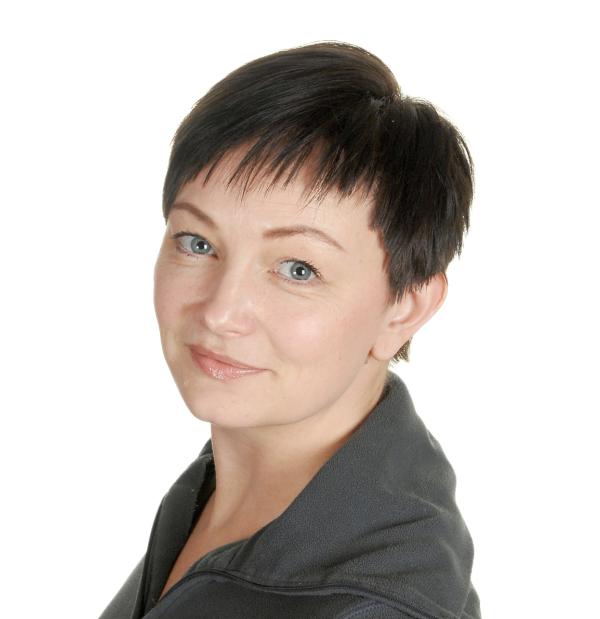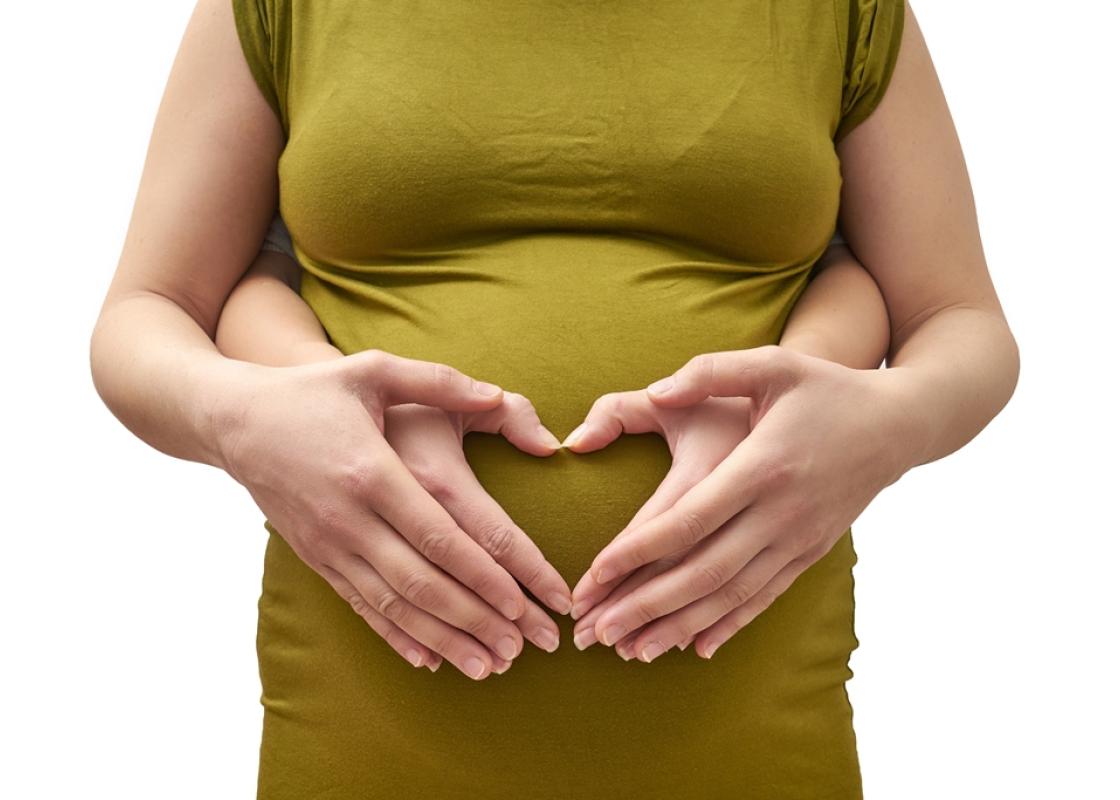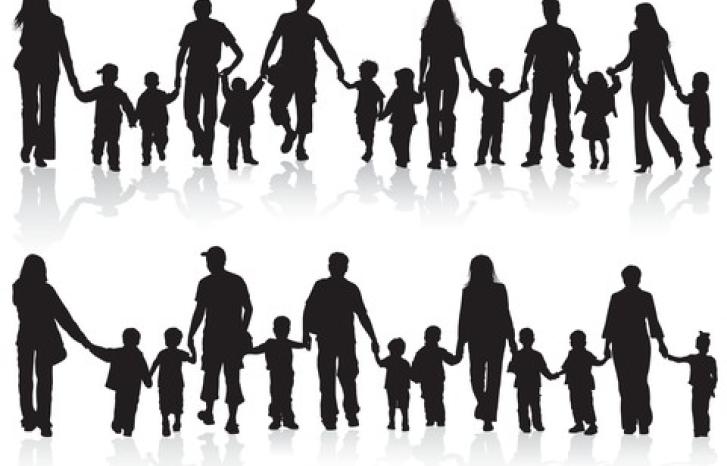“Most types of fertilisation technologies have gone through an extensive normalisation process,” says Malin Noem Ravn.
She has interviewed a Norwegian woman, Lise, who went through In Vitro Fertilisation (IVF), also known as test tube fertilisation, after she and her partner had been trying to get pregnant for a long time.
“Questions concerning assisted fertilisation and fertilisation technology have in many ways gone through a dramatic change in Norway. Lise is living in a heterosexual partnership, but today other types of partnerships also qualify for state assisted fertilisation. This particularly applies after the introduction of the gender neutral marriage act.”

In an international context, Norway’s regulations concerning access to, development of, and use of fertilisation technology are very strict. This includes IVF and insemination among other things. Medically speaking, all couples who have been trying to get pregnant for one year without success are defined as involuntary childless and therefore qualify for various types of medical assistance from the Norwegian state. The first so-called “test tube babies” were born in the 1980s. This led to major public debates and was regarded as “unnatural” by many people: this was seen as tampering with biology.
Technology and norms are interdependent
Many people questioned the ethical grounds for mixing technology and the body. There was much secrecy concerning where the first generation of children conceived with the aid of IVF “came from”.
“Today there’s much more openness around these questions and a high degree of normalisation,” says Ravn.
“The idea of the value of having a child which is “biologically your own” is basically uncontested in this discourse.”
According to her, the limits for what is perceived as “major operations”, both by the public and among people in general, are also changing.
“As IVF has become more and more common, it looks as if this has become isolated as part of a bigger process, namely the entire pregnancy. It is part of a bigger picture, and is thus perceived as “natural”. However, not long ago it was still uncertain whether children conceived through IVF could have children on their own, whether their reproductive organs were intact.”
According to Ravn, this implies that technological development and changes in society concerning what is considered morally and ethically right go hand in hand.
“Technological development and cultural normalisation processes depend on each other in terms of being regarded as legitimate. In order for cultural values to gain support in society, for instance with regard to IVF, we’re dependent on medical details showing how biology interacts with technology. Neither cultural values nor technology exist in a vacuum, they are simultaneously produced, in relation to each other.”
Biology still important
The story of IVF is therefore the story of how technology was initially considered something that challenged the idea of what is natural, but later came to be regarded as something that constructs new ideas of normality. This new normality concerning IVF and other types of fertilisation technology also contributes to the normalisation of the idea of the gendered desire for reproduction.
“The idea of the value of having a child which is “biologically your own” is basically uncontested in this discourse. The elevated idea of the natural aspect of being a woman and giving birth is very strong. Thus, by referring to the “human drive for children”, many actions and choices related to the desire for children are perceived as natural,” says Ravn.
“In general, childless people are more often asked why they have chosen not to have children.”
As a consequence, not choosing assisted fertilisation or other types of fertilisation technology is often perceived as less natural.
“Choosing this type of technology is often met with understanding, the idea being that you have to make use of every possible option. If you try to become pregnant through sexual intercourse for a long period without success and don’t consider other options, many people will regard that as an active choice not to have children. Therefore, you are not considered definitely infertile until you’ve unsuccessfully tried fertilisation technology. Unless you choose technology you’ve made a choice not to have children,” says Ravn.
See also: Kinship in the age of reproductive tourism
Lesbian couples into the fold
A good indication of where to draw the line between “normal” and “abnormal” is, according to Ravn, when people are required to explain their choices.
“In general, childless people are more often asked why they have chosen not to have children than people with children are asked about their choice to have them. You might not have to defend yourself, but at least you often have to explain yourself,” says Ravn.
These norms increasingly also apply to lesbian couples who go through IVF in order to get pregnant, even though they face some unique challenges.
“Lesbian couples have to make more decisions and choices throughout the entire process. In the eyes of the state, lesbian couples are within the reproductive sphere. However, they have to consider questions related to who should carry the unborn child, whether they want an anonymous donor or someone they know to donate his semen, and, in the latter case, what relationship he should have to the child,” says Ravn.
We trust that the state wants what is best for us.
According to Ravn, people have more faith in women’s “drive for children”, regardless of sexual orientation. And they believe that the normalisation processes concerning both the monogamous relationship as a foundation for family life and biology as an uncontested facilitator are strong within lesbian relationships.
“Many lesbian couples choose to travel to StorkKlinik in Denmark for insemination. The process is characterised by an attempt to imitate “nature”. When insemination takes place, the couple is given their own room with pleasant music on the stereo, dimmed light and other attempts to create a romantic situation for conception. The use of technology is toned down.”
The state defines
According to Ravn, the state as a norm governing authority in terms of what is regarded as “natural” and “right” is highly significant, perhaps especially in Norway.
“Norwegians have, compared to many other nationalities, major faith in the state. We trust that the state wants what is best for us, and thus its regulations become significant. I noticed that during my interviews with Lise. She became pregnant after her third attempt with IVF, and this was her last state-funded attempt. She saw this as a limitation determined by the state concerning how far it is morally right to go in our quest for children. She told me that if this attempt had failed she would have stopped trying and instead applied for adoption,” says Ravn.
She didn’t want to be “just some woman who wants to have a child”.
She emphasises that there are contexts and times where it is more culturally acceptable to have children.
“During my interviews with Lise she referred to couples whose focus on getting pregnant had completely taken over. Lise seemed like someone who wanted a child but also to have a career. Having a child was not going to be the only, all-consuming thing in her life. She didn’t want to be “just some woman who wants to have a child”. In our society, we’re often critical towards people who have children too early or too late or to people who choose to be an only parent. We’re also critical towards people who put their whole life on hold and sacrifice their career and social life in their quest for children. To Lise the three state-funded attempts corresponded with where to draw the line before this took over completely,” Ravn explains.
The debate concerning IVF has been important within Norwegian feminism. In the 1980s, some feminists were highly critical towards the technological development when it came to reproduction, according to Ravn. In the book Reproduksjon, kjønn og likestilling i dagens Norge (“Reproduction, gender, and equality in Norway today”) from 2016, Ravn elaborates on this.
“At this time IVF was regarded as a man’s tool to reproduce the patriarchy and suppress the woman. Since then the debate has revolved more and more around technological optimism. Feminists have focused on making the technology accessible for more groups of people such as single and sexual minorities. The focus is on securing everybody equal right to have children, not to criticise the grounds for people’s desire for children in the first place. In this way, the idea of the desire for children is still uncontested,” says Ravn.
See also: Fewer men become dads
Malin Noem Ravn, is a researcher at the Department of Interdisciplinary Studies of Culture at Norwegian University of Science and Technology, NTNU, and is also working at Fosen Helse (health centre). She has contributed with the chapter “Naturalization and Un-Naturalization: ARTs, Childlessness and Choice” in the book Assisted Reproduction Across Borders. Feminist Perspectives on Normalizations, Disruptions and Transmissions (edited by Merete Lie and Nina Lykke) from 2016.
Assisted fertilisation and fertilisation technology is a collective term referring to several medical methods for child conception. The most common methods are insemination, IVF, and microinjection.
IVF is short for In Vitro Fertilisation, a method with which eggs are removed from the woman’s ovaries and put together with the man’s semen into a “test tube” where fertilisation takes place.



